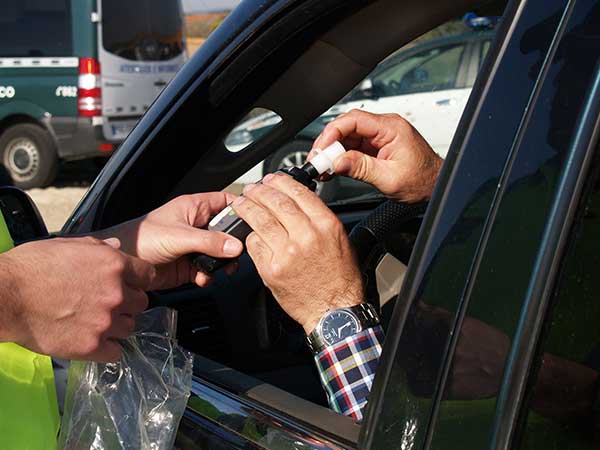Just How Effective Is Mandatory Breath Testing at Stopping Drunk Driving?
The introduction of mandatory breath testing of commercial truck drivers in Japan has not had a significant effect on the number of alcohol-related crashes involving these drivers
Mandatory breath testing may promise to be an effective way to stop drunk driving. However, researchers from Japan have discovered that, without proper implementation, breath testing may make little difference to the number of alcohol-related collisions.
Following several high-profile crashes in the early 2000s that ended in tragedy, drunk driving began to attract nationwide attention in Japan. Harsher penalties for drunk driving were introduced, and the legal blood alcohol level was lowered. Subsequently, in May 2011, commercial drivers who carry either passengers (bus or taxi drivers) or goods (truck drivers) for a fee were required to take a breath test at the start and end of their shift. There has recently been discussion of extending this requirement to include certain categories of non-commercial drivers.
“Now that mandatory testing for non-commercial drivers is being considered, it is important to understand how effective this policy has been for dealing with the issue of drunk driving among commercial drivers,” says lead author of the study Professor Masao Ichikawa. “We wanted to see what difference this policy has made in the number of drunk driving-related crashes involving commercial vehicles.”
To do this, the researchers examined annual crash data to establish the trends of alcohol-related crashes. Because breath testing was made mandatory for commercial drivers but not for non-commercial drivers in 2011, it was possible to compare the trends for the two groups to see how effective this measure was.
“The results were somewhat surprising,” comments Professor Ichikawa. “We found that the alcohol-related collision rates for commercial and non-commercial drivers were actually very similar for the period from 2011 to 2020.”
In fact, the trends for both commercial and non-commercial drivers have been broadly similar for the past two decades. There was a significant decreasing trend from 2001—when the legal penalties for drunk driving began to be tightened and the public began to take the issue more seriously—to 2012. From 2012 to 2020, both groups saw neither an increasing nor a decreasing trend in the number of alcohol-related crashes.
“Our findings suggest that the breath testing policy has not been effective. This is probably because of how it is implemented—the drivers are only tested at the beginning and end of their shift and can simply phone in to report themselves sober if they begin or end their shift away from head office,” says Ichikawa.
There is a clear need to find more effective ways of ensuring that drivers are not under the influence. One approach that bears further investigation is ignition interlock devices, meaning that the driver’s breath must be tested to ensure that they have not been drinking before they can start the vehicle.
Source: University of Tsukuba
Full bibliographic information
The article, “Trend in alcohol-related crashes before and after the introduction of mandatory breath testing among commercial truck drivers,” has been accepted for publication in the Journal of Epidemiology at DOI: 10.2188/jea.JE20220054
12/09/2022 University of Tsukuba





